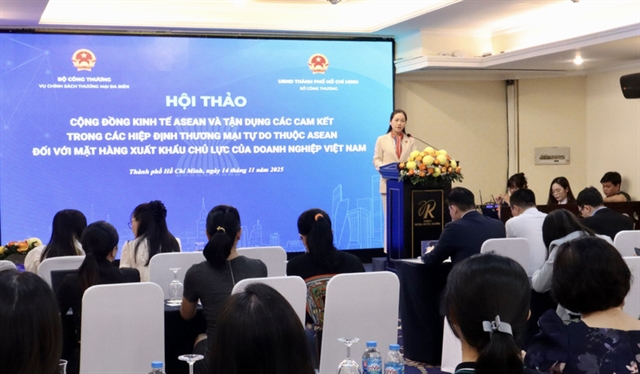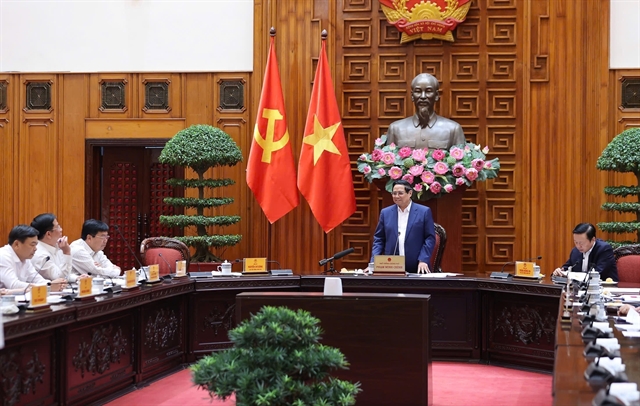 Economy
Economy

Despite gaining some achievements in the application of information technology (IT), the tax audit sector is facing challenges amid the fourth industrial resolution.

|
| A view of the General Department of Taxation's Information Technology Centre. VNA/VNS Photo Minh Quyết |
HÀ NỘI — Despite gaining some achievements in the application of information technology (IT), the tax audit sector is facing challenges amid the fourth industrial resolution.
Currently, IT is being widely applied in the taxation sector, helping it simplify administrative procedures, reduce costs for enterprises and people, and contribute to better managing and increasing tax revenue rapidly and sustainably.
Statistics showed since the end of 2017, the electronic tax declaration system had been implemented at all tax departments in all 63 provinces and cities nationwide. A total of 624,000 enterprises, or 99.8 per cent of the country’s total number of enterprises, have participated in electronic tax declaration services. The number of enterprises registering for electronic tax payment has also reached 97.9 per cent.
In addition, the tax sector has also deployed the Tax Management System (TMS) to support 63 tax departments with more than 830,000 corporate tax codes and nearly 45,000 individual tax codes.
According to a report on the implementation of the Government's Resolution No. 36a/NQ-CP dated October 14, 2015 on e-Government, since the end of 2017, among 336 administrative procedures, there were 161 Level 1 online public services; 48 Level 2 online public services; 5 Level 3 online public services; and 122 Level 4 online public services.
The high amount of online public services at Level 4 – the best ranking – demonstrates the efforts of the tax agency in reforming administrative procedures, creating an environment of interaction between tax administration agencies and enterprises and individuals in tax registration, declaration, payment and refunds for exported goods and services online. This has resulted in allowing taxpayers to directly complete tax procedures quickly at a single address of the General Department of Taxation’s e-portal.
However, the fourth industrial resolution has also caused many challenges.
There are still shortcomings and limitations in the application of IT in tax audits. The current efficiency of IT application has not fully met the requirements of tax auditing. Shared lists and databases are also inconsistent, leading to difficulties in connecting, sharing and exploiting data.
A tool to connect and integrate with the tax sector's information system to collect information and data for audit has not yet been developed.
There is no software to support the tax audit using IT and a big data management system with tools to collect, standardise, analyse and forecast to meet tax management requirements.
According to experts, despite efforts in training auditors, the State Audit of Vietnam (SAV) is lacking in auditors who have both expertise in tax auditing and IT. Under the fourth industrial revolution, if the auditors are not tech-savvy, it will be difficult for them to complete audit tasks.
To enhance the efficiency of tax audits, the SAV needs solutions to build and exploit information sources from the tax database to improve efficiency.
It is also necessary to change the audit standards and procedures to be consistent with the tax audit method in the fourth industrial resolution. Both SAV and tax authorities need solutions to increase the confidentiality of information in the audit process.
At the same time, the SAV needs to increase equipment and software for tax audits, strengthen the training of auditors in both tax audits and IT. — VNS




